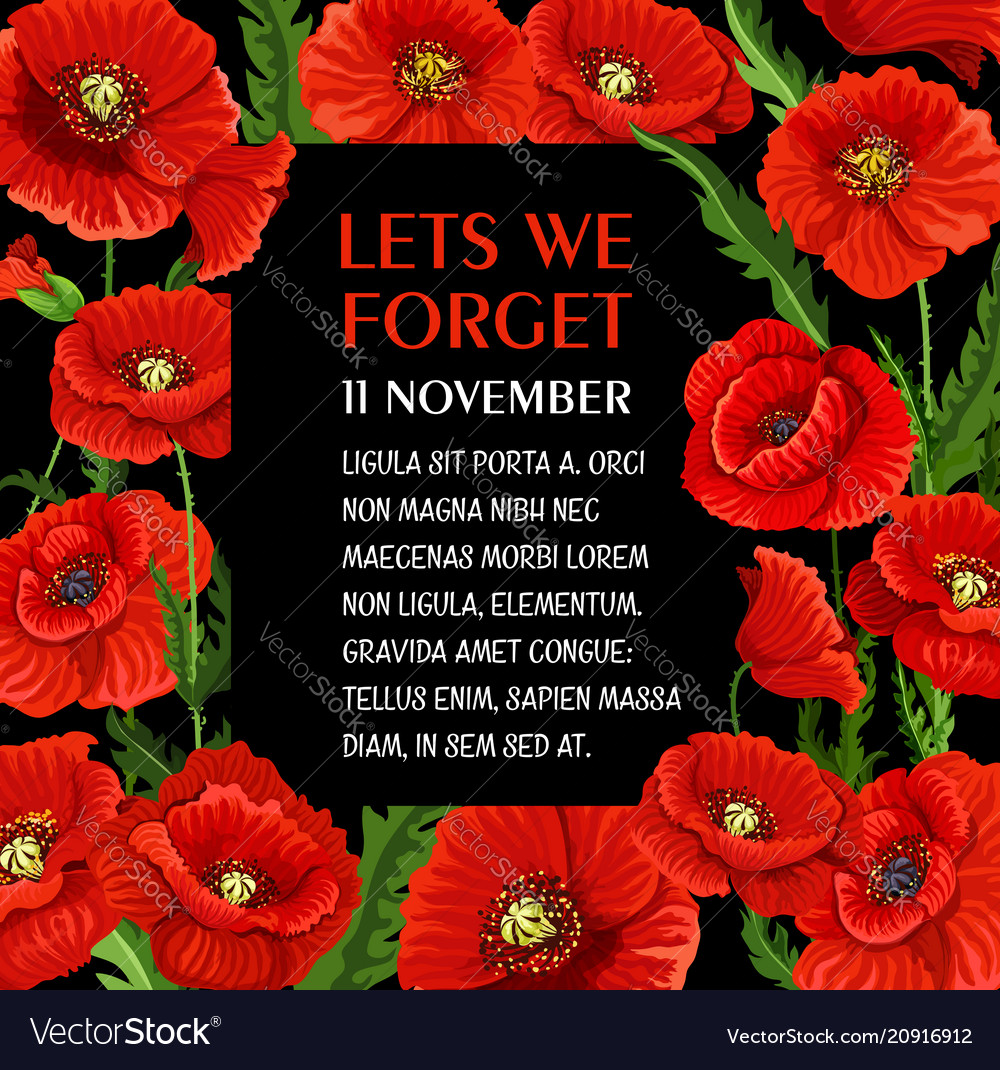

Member states of the Commonwealth of Nations adopted Remembrance Day, while the US chose Veterans Day. During the Second World War, many countries changed the name of the holiday. The first official Armistice Day was subsequently held on the grounds of Buckingham Palace the following morning. The initial Armistice Day was observed at Buckingham Palace, commencing with King George V hosting a "Banquet in Honour of the President of the French Republic" during the evening hours of 10 November 1919. The tradition of Remembrance Day evolved out of Armistice Day. ("At the 11th hour" refers to the passing of the 11th hour, or 11:00 am.) The First World War officially ended with the signing of the Treaty of Versailles on 28 June 1919. Hostilities formally ended "at the 11th hour of the 11th day of the 11th month" of 1918, in accordance with the armistice signed by representatives of Germany and the Entente between 5:12 and 5:20 that morning. In most countries, Remembrance Day is observed on 11 November to recall the end of First World War hostilities. The day is also marked by war remembrances in several other non-Commonwealth countries. Remembrance Day (also known as Poppy Day owing to the tradition of wearing a remembrance poppy) is a memorial day observed in Commonwealth member states since the end of the First World War in 1919 to honour armed forces members who have died in the line of duty.

Primarily countries in the Commonwealth of NationsĪrmistice Day, Anzac Day, Memorial Day, National Unity and Armed Forces Day, Veterans Day The Royal Canadian Legion, formed in 1925, has run the poppy fundraising campaign in Canada ever since.The Cenotaph at Whitehall, London on Remembrance Day 2004 By 1922, lapel-worn poppies were manufactured and distributed by veterans in Canada. Members of the Imperial Order Daughters of the Empire (IODE) in Winnipeg also made poppies. They were supplemented by cloth poppies created by Canadian women, some of whom made the flowers Millions of poppies were brought to Canada from Guérin’s organization in France. The first “poppy day” in Canada (and Britain) occurred on 11 November 1921. Among its patrons were Governor General Byng and his wife, Lady Byng. The veterans’ association chose Jewish-Canadian philanthropist Lillian Freiman to lead the poppyĬampaign in Canada. To adopt the poppy as their symbol of remembrance as well. In 1921, she travelled to Britain and Canada and persuaded both the British Legion and the Canadian Great War Veterans Association (a predecessor of the Royal Canadian Legion) People suffering in war-torn France, particularly orphaned children. Guérin started the American and French Children’s League, which sold cloth poppies to raise money for She too had been touched by McCrae’s poem, and became a vigorous advocate of the red poppy. The National American Legion adopted the symbol at its conference in April 1920 after hearing Michael’sĪnne Guérin of France was inspired by the same campaign. Over the years, she worked to popularize the poppy as a symbol of remembrance. Pinned one to her coat collar and gave the rest to her colleagues. The next day, she purchased 25 silk poppies with money given to her by YMCA employees for her work on a YMCA conference in New York City. On 9 November 1918, Michael shared her pledge with her colleagues, who asked to wear poppies along with her. McCrae wrote his famous war poem in 1915, at a Canadian dressing station north of Ypres, Belgium, taking his view of the poppy-strewn battlefield as artistic inspiration: Of Flanders Fields as a sign of remembrance and the emblem of ‘keeping the faith with all who died,’” referencing a line in the poem. John McCrae’s poem “ In Flanders Fields.” Michael pledged “always to wear a red poppy The first person to use the poppy as a symbol of remembrance was Moina Michael, a member of the American Overseas YMCA, who had been inspired by Lieutenant-Colonel As the artillery barrages began to churn the earth in late 1914, the fields of Flanders and northern France saw scores of red poppies appear. The seeds of the flower may remain dormant in the earth for years,īut they will blossom in abundance when the soil is disturbed.

The poppy as a symbol of death and renewal predates the First World War and dates back as far as the Napoleonic wars in the 19th century. Of Flanders (in Belgium) and northern France. The symbol of Remembrance Day is the red poppy, which grows on the First World War battlefields


 0 kommentar(er)
0 kommentar(er)
